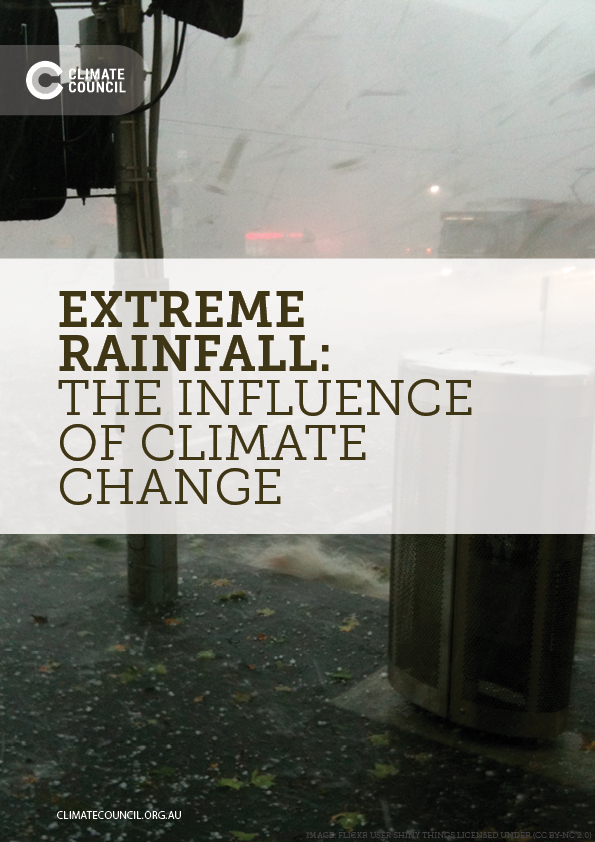The Climate Council today released an urgent factsheet to highlight the significance of the high-impact extreme weather event, with more than triple the amount of Victoria’s average monthly rainfall expected to fall across the weekend, in what has been labelled by the Bureau of Meteorology as ‘unchartered territory’.
With worsening thunderstorms, severe rainfall and flash flooding expected to continue hitting Southeast Australia across the weekend, this briefing paper describes the influence of climate change on extreme rainfall.
DOWNLOAD THE FACTSHEET
KEY POINTS:
- Climate change is influencing all extreme rainfall events. The warmer atmosphere holds more moisture, about 7% more than previously. This increases the risk of heavier downpours.
- Globally,
there are more areas with significant increases in heavy rainfall events than
with decreases. - Extreme
rainfall events like the Victoria rains are expected to further increase in
intensity across most of Australia. - While there isn’t a significant trend in observed extreme rainfall in Victoria yet, maximum one-day rainfall is projected to increase by 2-23% in Victoria by the end of the century if greenhouse gas emissions continue to rise.
- It is critical that communities and emergency services have access to information about rainfall in a changing climate to ensure they can prepare for the future.
THE INFLUENCE OF CLIMATE CHANGE ON HEAVY RAINFALL:
The heavy downpours across southeast Australia are yet another reminder of how extreme weather events place lives, property and critical infrastructure at risk. Climate change is intensifying many extreme weather events in an atmosphere that is warmer and wetter because of increasing greenhouse gas emissions from human activities, primarily the burning of fossil fuels – coal, oil and gas.
